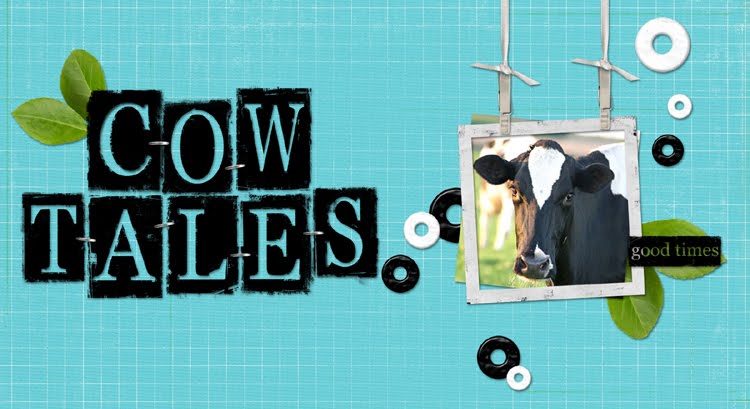Herd A was performing well in 2009, with production in the
high 80’s and lower 90’s, zero displaced abomasums, and 60-DIM cull rate <
6%. Then, by early December, we begin to
see a deviation from the transitional norm with a higher incidence of retained
placentas, metritis, ketosis, and DA’s.
DairyComp305 dairy records analysis showed a graphically dramatic
first-test butterfat spike for cows calving at the end of November.
First-Test Butterfat
Herds with first-test butterfat over 1 percentage point
higher than the herd average butterfat are at greater risk for ketosis. First-test milk and Week 4 Milk in the same
cows began to decline.
First-Test Milk
Week 4 Milk
What management change occurred to create this transition
problem? Prior to November, Far-off dry
cows were separated from pre-fresh cows giving pre-fresh cows sufficient
feedbunk space at more than 30” per head and adequate bedpack space exceeding
150ft2. Far-off cows were receiving a
controlled energy ration (0.64 NeL) and the pre-fresh were being fed a higher
energy steam up ration (0.69-0.72 NeL).
Due to a lack of shelter, the far-off cows were grouped with the
pre-fresh cows and fed the prefresh ration when wintry weather developed in the
middle of November. By commingling the
groups, feedbunk and bedpack space became limiting factors, and the energy
level in the ration was too high for far-off dry cows resulting in the
transition problems experienced by this herd.
Higher energy far-off diets predispose cows to health problems
particularly if intakes are interrupted.
Furthermore, the far-off ration influences the response to close-up
management. We are fortunate that we
only saw 6 LDA’s. Today, the far-off dry
cows are again segregated from pre-fresh cows giving pre-fresh adequate
feedbunk and bedpack space.
Additionally, both groups are currently being fed a controlled energy
TMR. We have not seen a DA since the
management changes were made. The herd
is currently averaging 98 pounds.
Herd B appeared to be doing everything right. The cows had adequate feedbunk and bedpack
space. In fact, mature cows and heifers
were grouped separately and both groups were held to 80% populated to prevent
overcrowding. After calving, the fresh
cows were moved to an equally comfortable fresh cow group that was also held to
80% populated. However, fresh cows were
not transitioning in well. We saw too
many down cows unresponsive to treatment, retained placentas, metritis,
ketosis, stillbirths, 5% DA’s, and the cull rate (sold and died) <60DIM was
too high at 8%. Pre-fresh metabolic
profiles revealed that NEFA levels were too high (too much early body fat
metabolism) and albumin (protein) levels were too low. With high NEFA’s and low albumin
concurrently, dry matter intakes were a concern. Additionally, close-up energy levels exceeded
0.72 NeL and protein levels were borderline too low.
By late August, we chose to implement a one-group controlled
energy TMR using hay and straw chopped to a consistent 2” length, with energy
levels ~ 0.64NeL (15-16 Mcal/day) and metabolizable protein levels exceeding
1200g. A well-designed controlled energy
ration improves rumen fill which is maintained during the post-calving
period. Additionally, dry matter intakes
immediately pre-calving experience a less significant drop prior to calving
than higher energy diets. Also, we
eliminated wet haylage which was high in butyric acid from the prefresh ration
and lowered it in the post-fresh ration.
Wet, high butyric acid haylage reduces DMI, suppresses the immune
system, and increases the incidence of ketosis. Since the ration change occurred in August
2009, DA incidence rate is <2%. RP
and metritis are below 3%. Clinical milk
fevers are non-existent. Stillbirths
went from 10% to 6%.
DA Count
And with transitional health improving, we are starting to
see a significant improvement in 21-day Pregnancy rate. Over the last 6 months, preg rate is
averaging 28%!
21-Day Pregnancy Rate
Both herds experienced common transitional management
problems that we typically see. Data
analysis helped to pinpoint problems and support and monitor implementation of specific
management changes. In our example,
eliminating overcrowding and utilizing controlled energy TMR’s enhanced
transition performance.


No comments:
Post a Comment